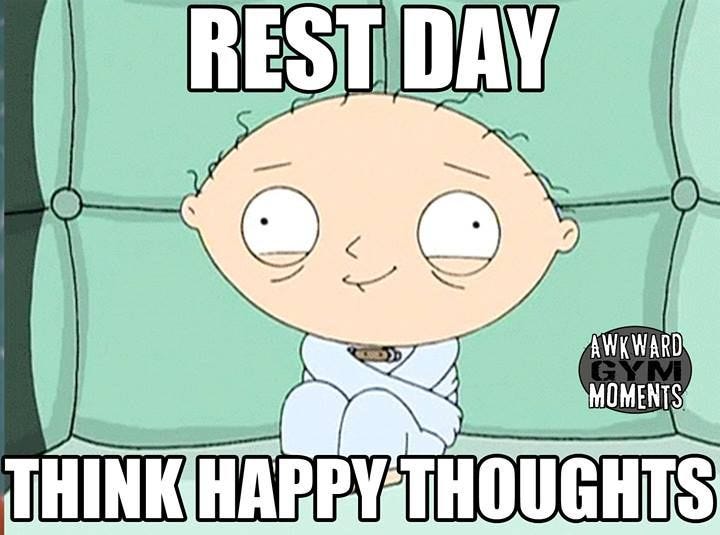About the hardest weeks: rest weeks
Mid-season off season
As we speak (write), I’ve been off the bike for three days. Three days, ladies and gentlemen. And no, I am not ill or injured. I’ve prescribed myself a recovery week. Something I rarely do. I dug back into my training logs and the last time I was off the bike for more than two days was:
June 2024 – 4 days off, due to illness.
June 2022 – 3 days off, can’t recall the reason.
November 2021 – 2 weeks off, coach-prescribed off-season.
It’s clear: I don’t like rest weeks. I simply like riding my bike. A day on the bike is a better day than a day without it. However, this time I decided to be wise: I needed a recovery week including a few days off the bike. I am not much of a believer in the actual benefit of off-seasons or full rest weeks. The general trend in the cycling peloton is also leaning towards shorter periods without the bike. Two-month off-seasons no longer happen. Nevertheless, it’s still common for riders to set the bike aside for a few weeks each year. This is especially relevant in winter and right now, as many riders reset after the first part of the season and shift their focus towards grand tours. What is the idea behind it and why am I off the bike this week? And no, I am not doing a Grand Tour, I wish 😉.
“Bro, I’m on my knees”
Last week wrapped up the last part of the indoor season (NB: it actually goes on throughout summer as well, but there are less races). I was going backwards in my race last weekend – completely cooked. My shape was already a bit up and down over the past months. I had good days but also bad days. Looking back now, I should have stepped back earlier, however that is a tough decision to make when you are mid-season. I was eager to do well every week and didn’t want to break my rhythm. Deep-down I know taking a week off is not going to hurt my shape, yet it is hard to do mentally. Maybe I should have a coach to tell me, but that is another topic in itself (will cover that later!).
I pushed on and found myself absolutely crumbling in the race last Sunday. My legs had had enough, not just for that race but in general. To fellow riders asking me how it went, I replied – semi-jokingly, semi-seriously: “Bro, I’m on my knees”.
Rest/recovery weeks
So, the doctor prescribes a rest week. Or better said: recovery week. A rest week to me is a week that contains no exercise at all, that is pure torture. It does not make me happy neither does it make me feel better. Recovery weeks are easy weeks during which I am still active but take it easier and focus on doing different things than riding the bike. Basically, go with what you feel like doing. Mentally, it’s good to take your mind off the pressure of “having to” ride your bike. But if you feel like? Go for it! Just take it easy. This week, for example, I did nothing for two days and then went for an unplanned run today (day 3). I ended up running 26k, but I enjoyed it, and it felt easy. So why not? And for tomorrow, I don’t know. There’s no plan and that’s the most important part of a recovery week.
There’s no plan and that’s the most important part of a recovery week.
From a pure physical point of view, you will recover within a few rest days. Especially if you don’t go crazy in the remainder of the week, you are (normally) good to go again. Taking it easy for much longer will cost you. The winters during which I have had 2 weeks completely off any exercise made me feel horrible. I could not do what I like most: ride my bike and additionally once you step back on the bike, you feel like cr*p. After which it takes weeks to get back to the level you were at.
The ideal off-season duration
The ideal length of an off-season and/or recovery period is something personal, especially because the mental aspect of it is so important. It is not just about being physically recovered but also being mentally ready to train hard again and chase your goals. However, looking purely at the physical effects it is best to limit the period of inactivity to 1-2 weeks. Some physical changes will start to become significant after this period, a quick grasp:
VO₂max drops. Up to 20% after 2 months of inactivity; the steepest decline happens in the first 2–3 weeks.
Endurance capacity (e.g., time to exhaustion) can decline by up to 21% in as little as 2–5 weeks.
Maximal Heart Rate (HRmax) increases by +2 to +9 beats per minute on short term (<4weeks). You might recognize this: a high HRmax, you are fresh and rested!
Muscle glycogen stores drop by ~18% in 4 weeks, reducing fatigue resistance and endurance.
All taking significantly longer to regain. Knowing this you might want to re-think your 6-week off-season in winter. Cliché but true: fitness arrives on foot and leaves in a Ferrari.
Luckily it is not all that horrible. Most of these effects only become significant after 1–2 weeks. Moreover, maximal strength is largely preserved for 2–4 weeks, and no major hormonal changes occur during this time. On top of that you will be mentally fresh to hit it again after a period of rest.
Conclusion: embrace those rest weeks, it’s not that hard!
If you liked this post, please share and subscribe!




